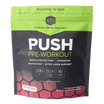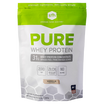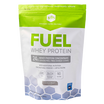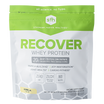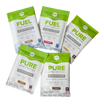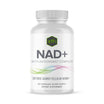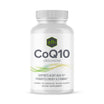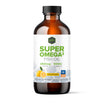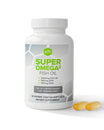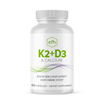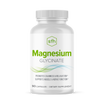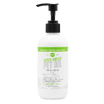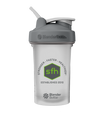- All posts
- Brain Health
- Building Muscle
- Certifications
- CoQ10
- creatine
- CrossFit
- Dinner
- fall recipes
- FAQ
- Fish Oil
- Fish Oil Benefits
- Fish Oil Composition
- Fitness
- Health and Wellness
- Healthy Recipe
- Healthy Recipes
- Heart Health
- Holiday
- HYROX
- Immune Support
- inflammation
- Informational
- Ingredient Spotlight
- Kid's Health
- MCTs
- Men's Health
- New Years Resolutions
- Nutrition
- Omega-3
- Performance Workout
- Pet Health
- Pre-Workout
- Prenatal Care & Healthy Pregnancy
- PreWorkout
- Product Guide
- Product Spotlight
- Protein
- protein snacks
- Recipes
- Recovery
- Sleep
- Snacks
- summer
- summer workouts
- Supplements
- Tips
- Vitamin D
- Weight Loss
- Whey Protein
- Whey Protein Benefits
- Wholesale
- Women's Health
- yoga
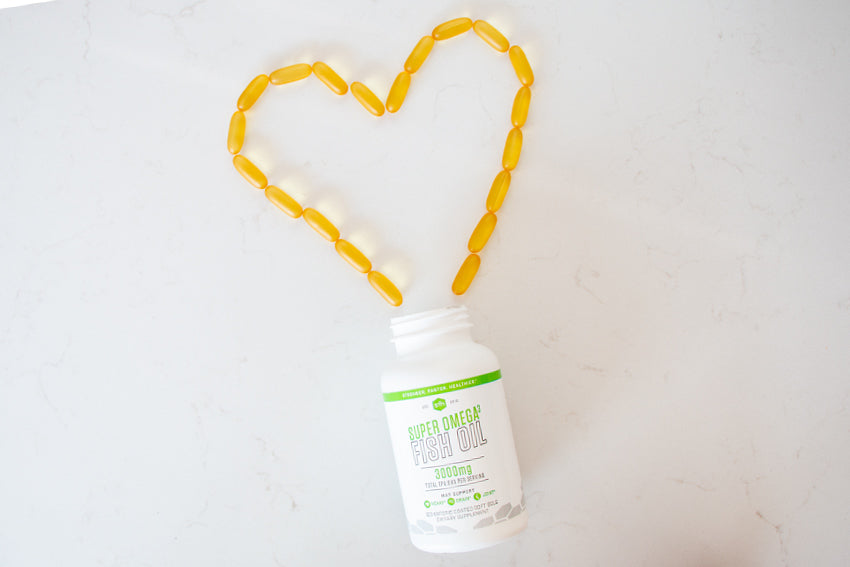
Did you know February is American Heart Month?
American Heart Month provides awareness of the importance of living a healthy lifestyle to support your heart. There are a lot of scary statistics out there when it comes to your heart health. The...

You fall and twist your ankle and it swells to the point where you limp. You overdo it with the deadlifts and can’t raise your arms the next day. Or you just drive yourself hard with a long workou...

If you want to stay young at heart, then you have to keep that cardiac instrument in tip-top shape. Depending on how you treat your beat, your nutrition can have an effect on the rhythm of your heart.

Benefits Of Omega-3S For Pregnant Women
There are many joys of impending motherhood. Food restrictions are probably not one of them. Most moms can think back to when they went without alcohol, caffeine, and fish for nine months and how l...

Oh Mega - How Omega-3 Fatty Acids Can Help Athletes Achieve Their Goals
Omega-3s have long been hailed as a hero of the human diet but they are especially important when it comes to the precision-like nutrition of an athlete. The EPA and DHA contained within Omega-3s c...
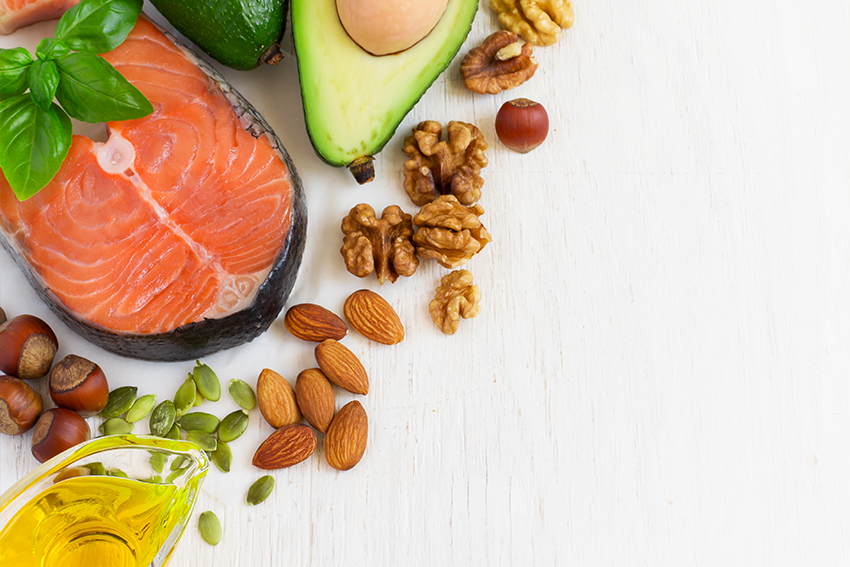
Omega-3: EPA And DHA Explained
If you heard about Omega-3s, the rumors are true. The health benefits you can gain from this mighty fatty acid is a list longer than the number of excuses there are not to get up and run in bad wea...
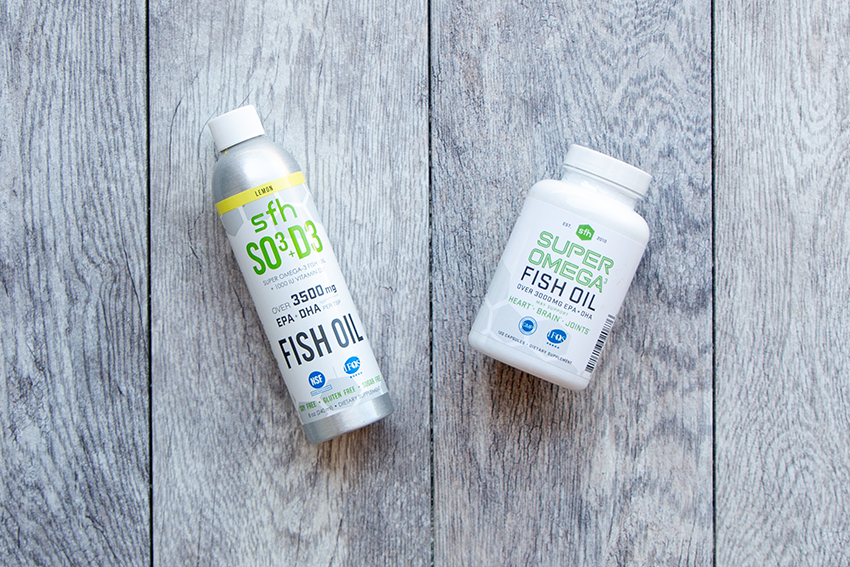
Fish Oil Explained: Liquid vs. Capsule
You have decided to improve your overall health and boost your omega-3 intake. The question is how do you want it delivered? Capsules can be a hard pill to swallow, but should that be the only reas...
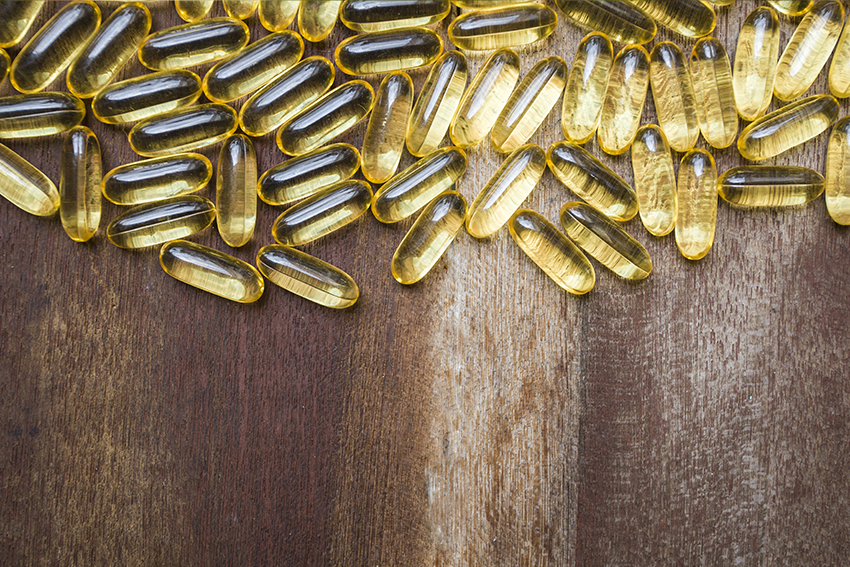
There are a lot of choices when it comes to getting your daily dose of omega-3. When faced with dozens of brands, how do you ensure you aren’t buying snake oil, but high-quality fish oil?

During the modern daily grind, most people spend the bulk of their time indoors. While this is a boon for the vertical blinds and tech industry, our vitamin D levels are the losers in this scenario...
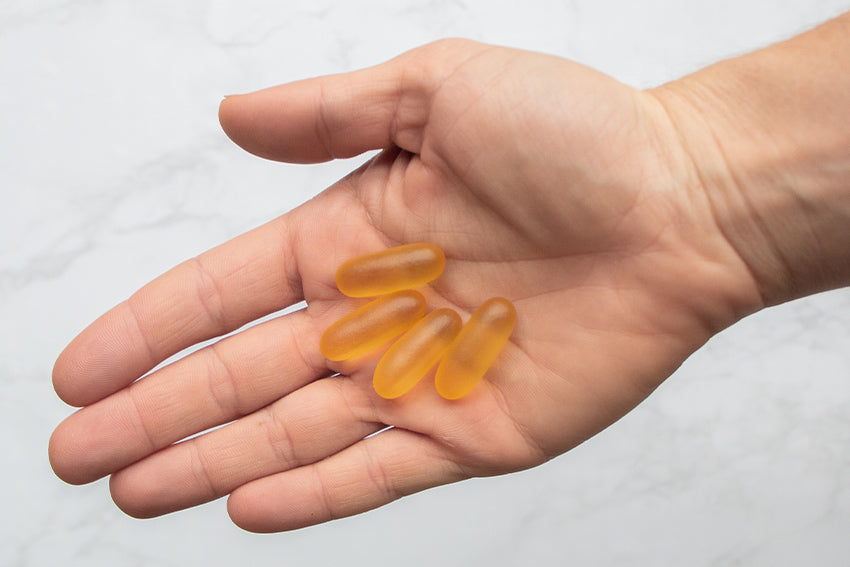
How Much Fish Oil Should I Take?
What is the net worth of your fish oil? You already know the many benefits of taking fish oil, but how much is enough? Can you have too much of a good thing? When looking for a proper serving size ...


